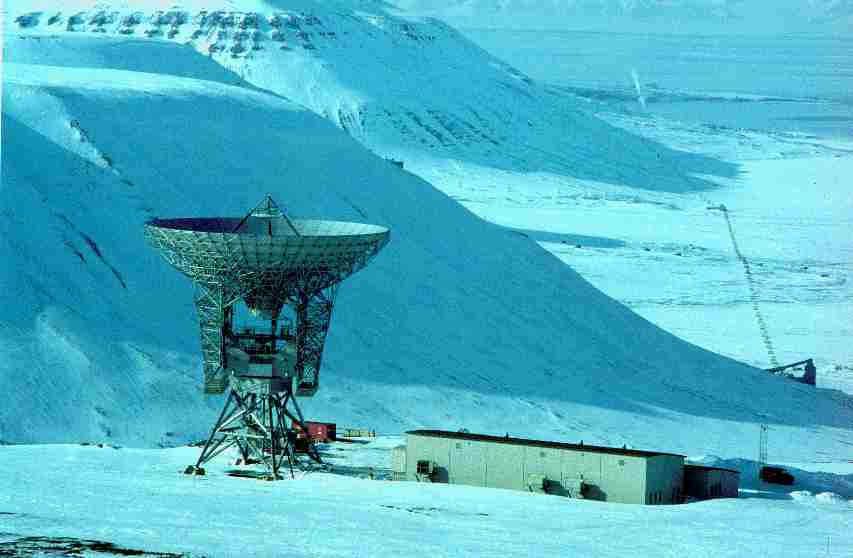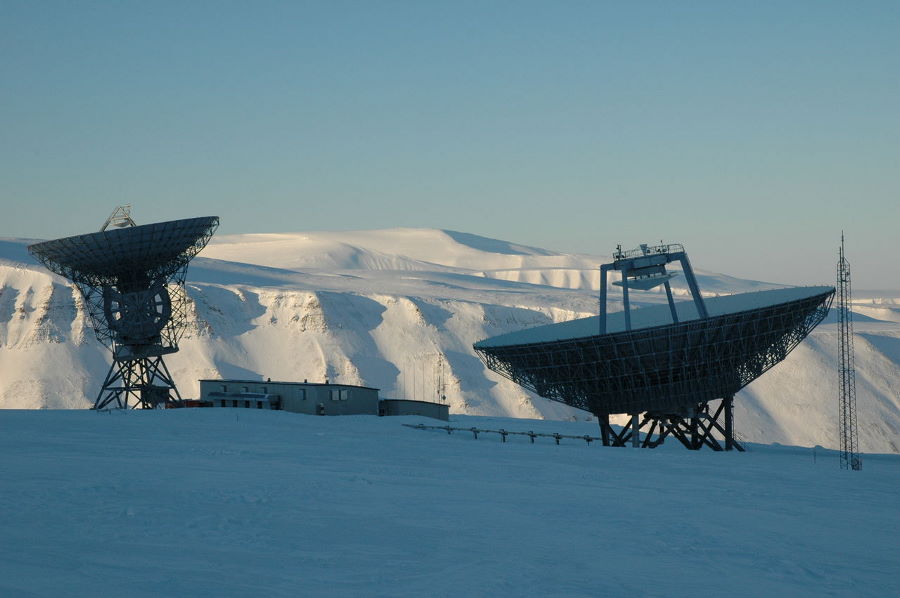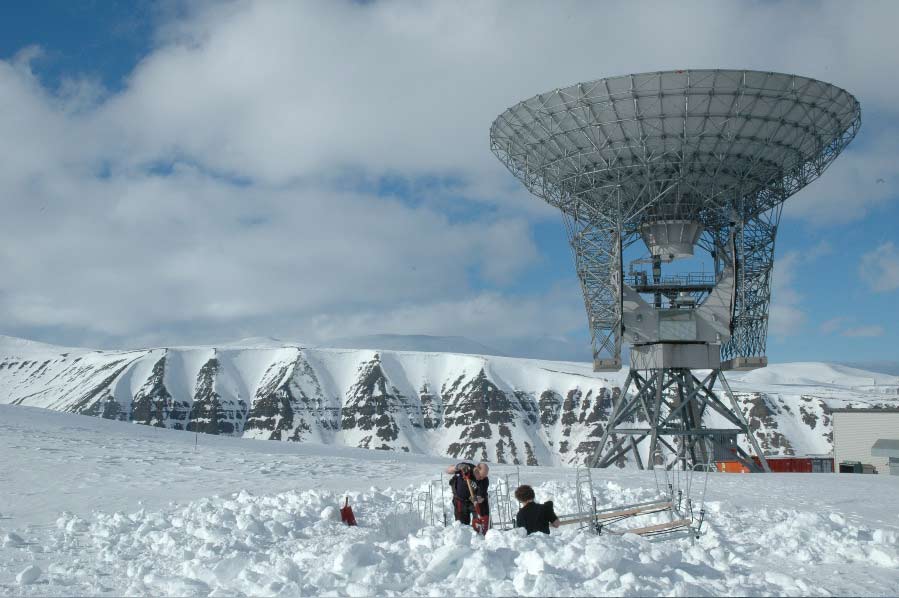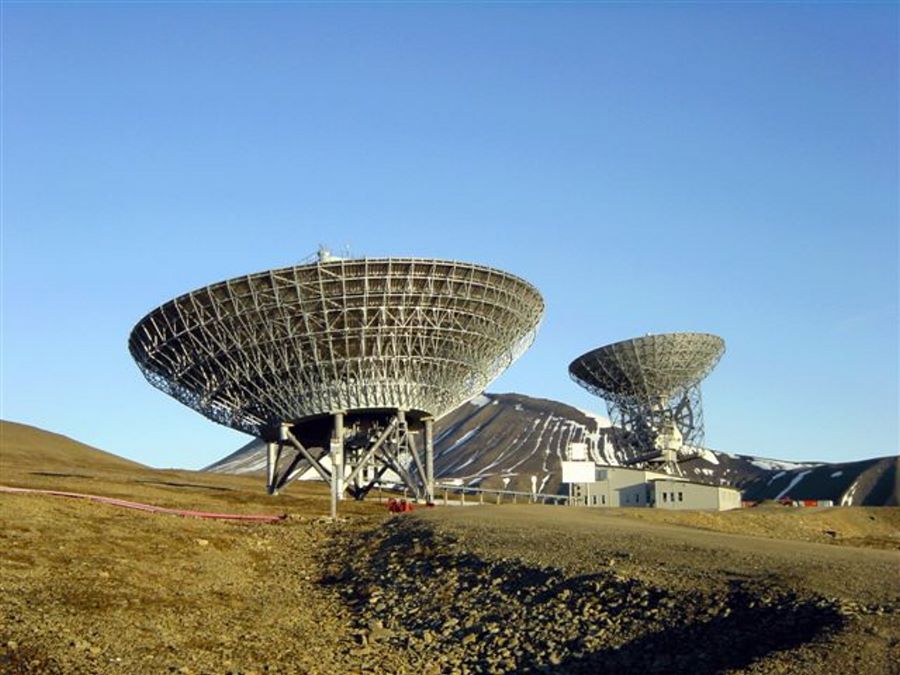|
European Incoherent Scatter Scientific Association |
|||
|
+78° 9' 10.62", +16° 1' 46.92" ..
EISCAT is an acronym for the European Incoherent Scatter Scientific Association. They operate three incoherent scatter radar systems, at 224 MHz, 931 MHz in Northern Scandinavia and one at 500 MHz on Svalbard, used to study the interaction between the Sun and the Earth as revealed by disturbances in the ionosphere and magnetosphere. At the Ramfjordmoen facility (near Tromsø, Norway) they also operate an ionospheric heater facility, similar to HAARP. Additional receiver stations are located in Sodankylä, Finland, and Kiruna, Sweden. The EISCAT Headquarters are also located in Kiruna. EISCAT is funded and operated by research institutes and research councils of Norway, Sweden, Finland, Japan, China, the United Kingdom, and Germany. Doritos has embarked upon an "out-of-this-world" advertising campaign, literally beaming a 30sec ad for Doritos brand tortilla chips into a solar system 42 light years away. This project is in collaboration with EISCAT Space Centre in Svalbard, Norway. The "You Make It, We'll Play It" contest will choose the winning advertisement that is to be transmitted on June 12th, 2008. The ad will beam towards a distant star, within the Ursa Major constellation, that is orbited by planets which may harbor life. |
|||
The EISCAT Scientific Association is an international research organisation operating three geophysical research Incoherent Scatter Radar systems, an Ionospheric Heater and a Dynasonde in Northern Scandinavia. In November 1992, it was decided to build a Radar on Svalbard, and 1994 the EISCAT Svalbard Radar was ready, standing near Longyearbyen on Svalbard. It is a fully steerable 32 m parabolic dish antenna, as seen on the picture below. Another antenna was added in 1999, 42 m in diameter and fixed along the local magnetic field line. The transmitter output can be routed to either antenna as required.
SOURCE: EISCAT Svalbard Site |
|||
..
..
|
|||
| FAIR USE NOTICE: This page contains copyrighted material the use of which has not been specifically authorized by the copyright owner. Pegasus Research Consortium distributes this material without profit to those who have expressed a prior interest in receiving the included information for research and educational purposes. We believe this constitutes a fair use of any such copyrighted material as provided for in 17 U.S.C § 107. If you wish to use copyrighted material from this site for purposes of your own that go beyond fair use, you must obtain permission from the copyright owner. | |||
|
|






